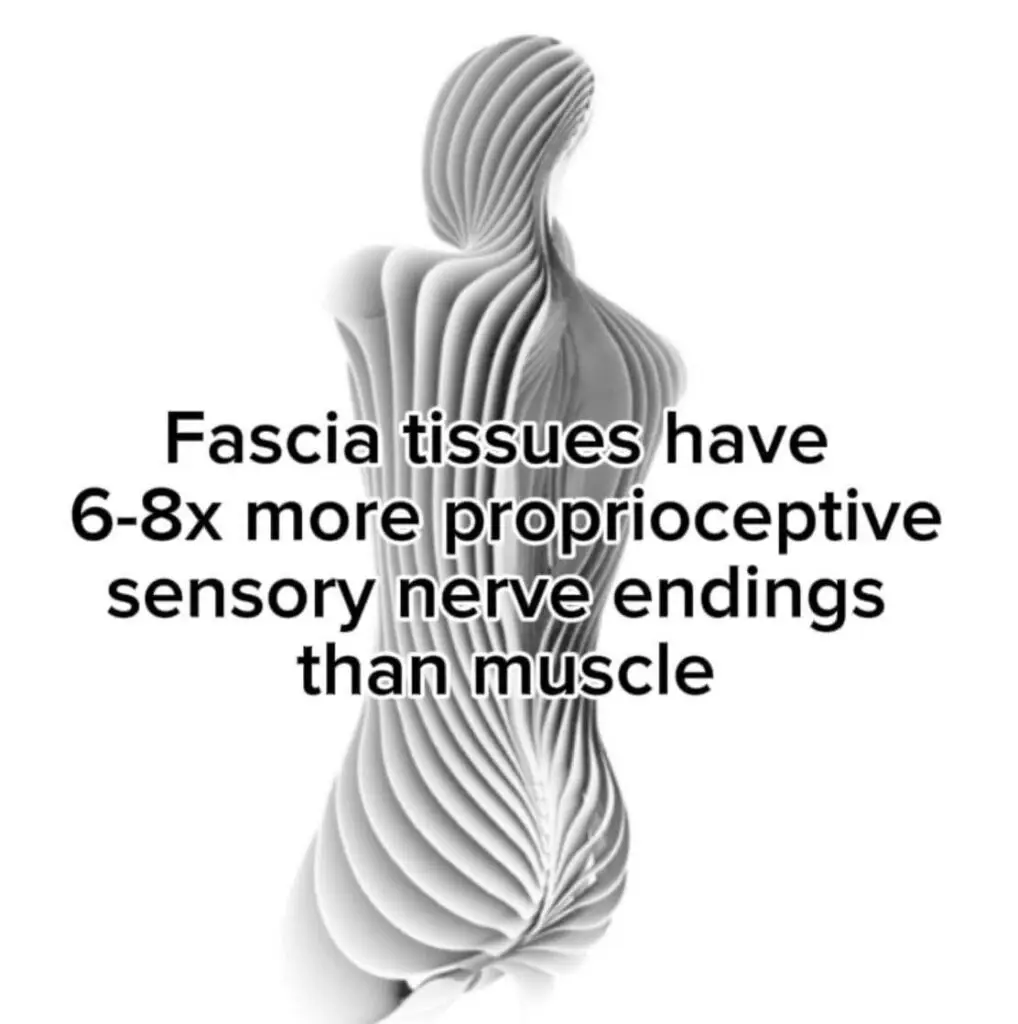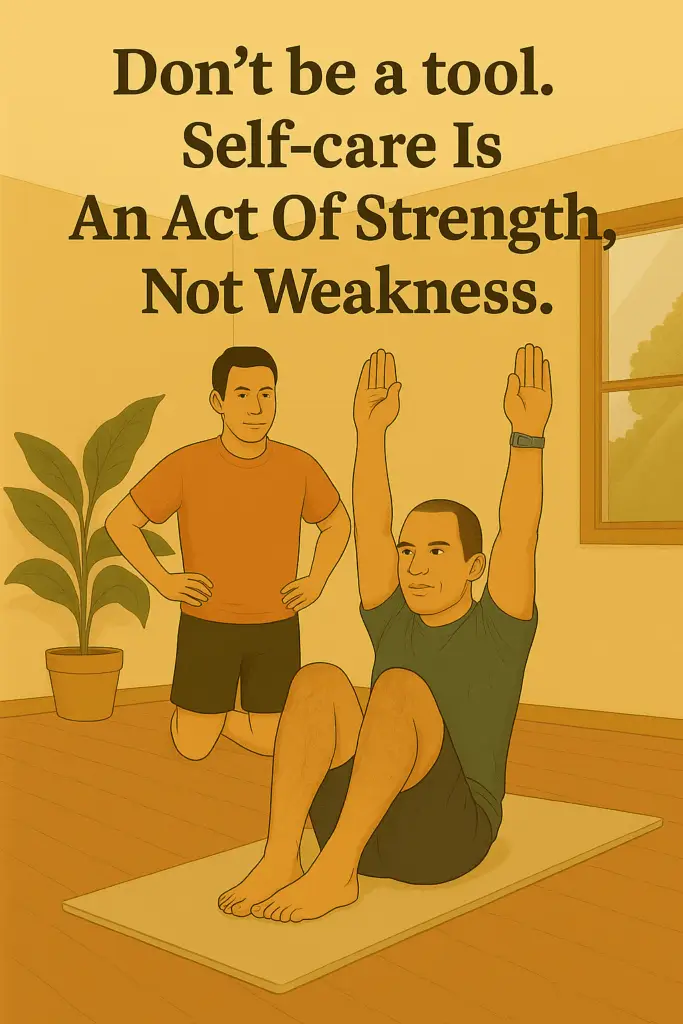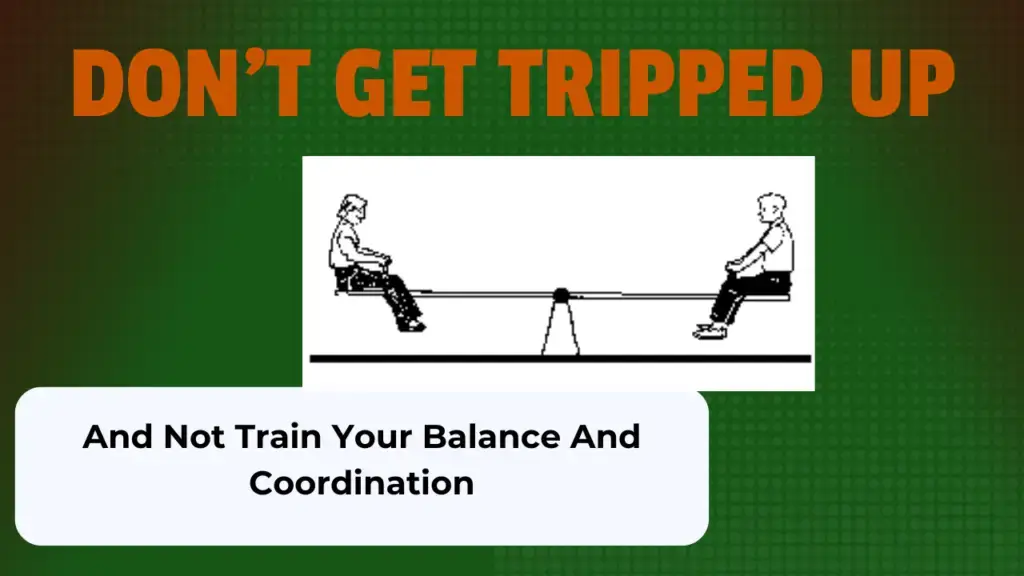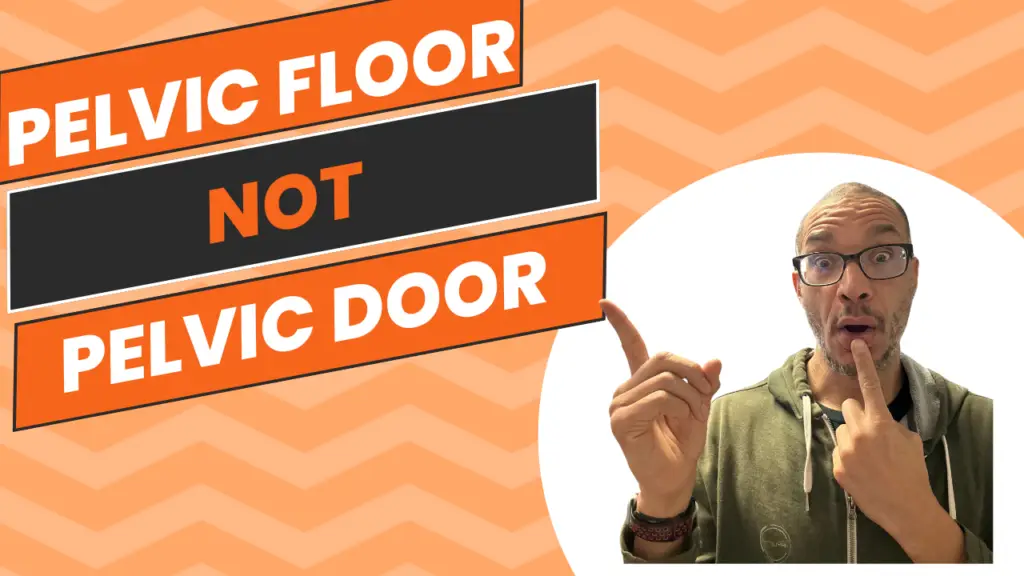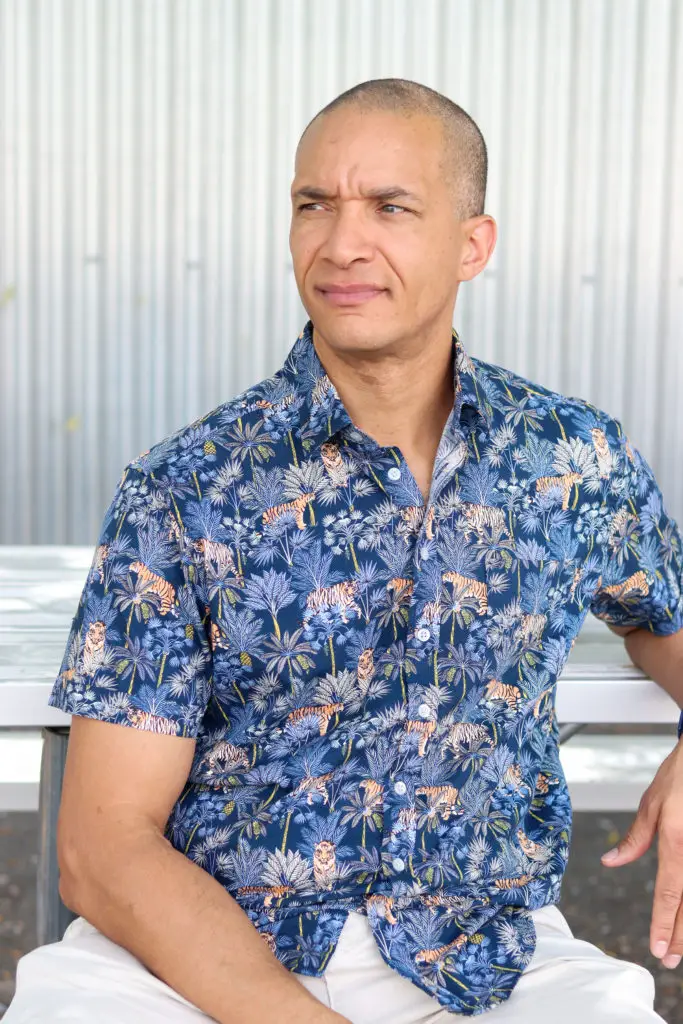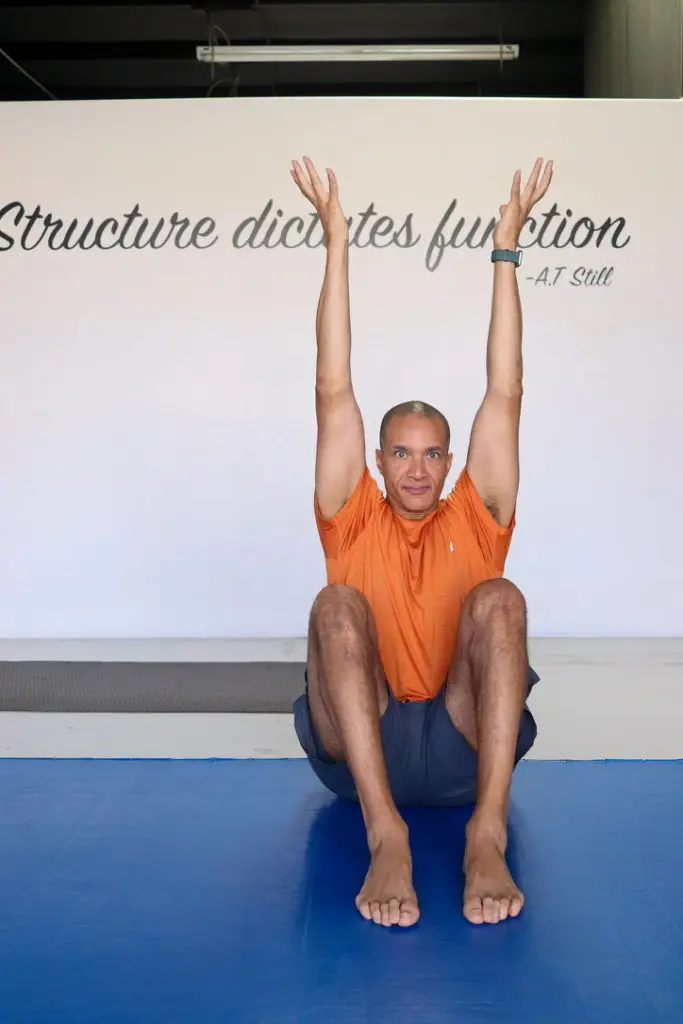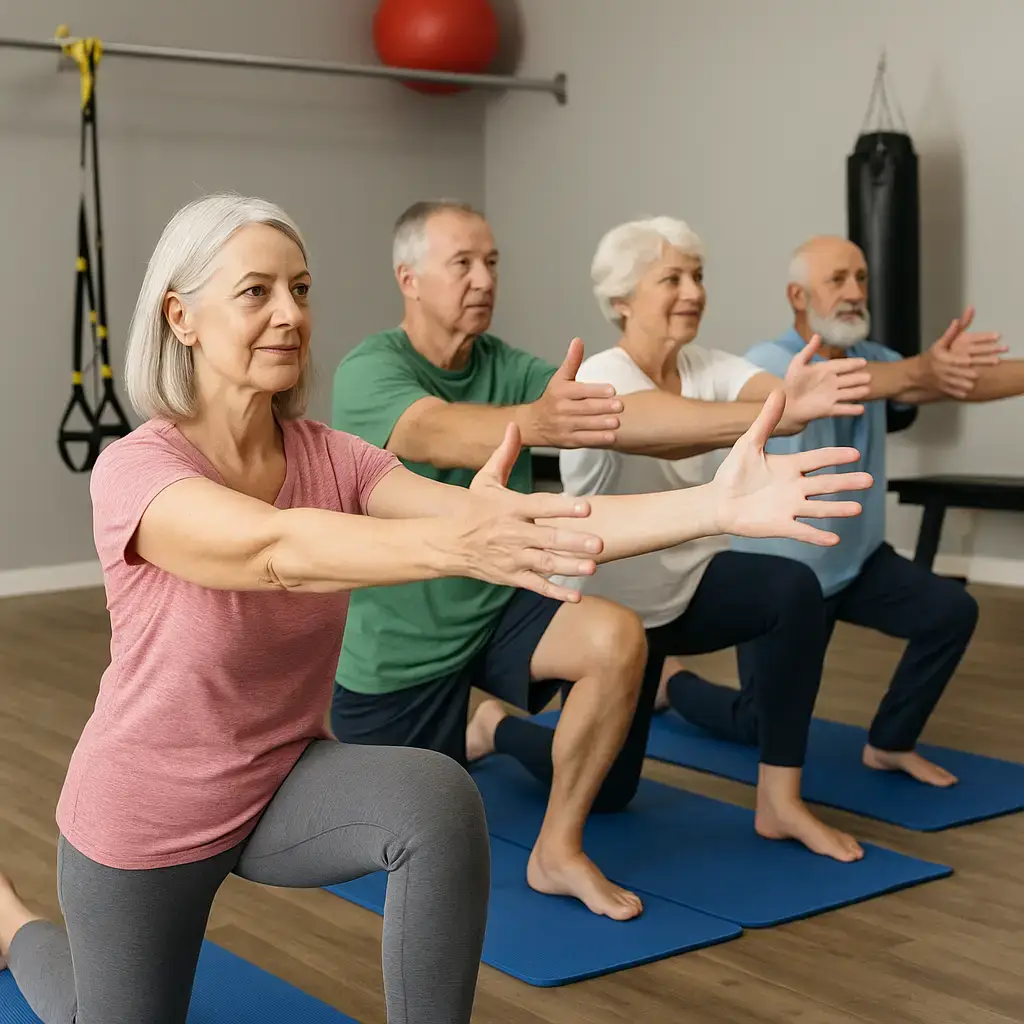
When it comes to your health, the smartest thing you can do is stop thinking short-term. Preventive training for long-term health means investing in how your body functions years from now—before injuries or limitations take hold.
This is the essence of preventive training for long-term health. It’s not reactive. It’s proactive. And it’s one of the most powerful ways you can take control of your aging process—starting today.
You Are Your Future
Here’s the truth: the body you’ll live in 10 years from now is the one you’re building right now—through your habits, your movement, your training, and even your rest.
Fascia doesn’t just react to injury. It adapts to how you move and load it every day. This means today’s imbalances become tomorrow’s dysfunction—unless you interrupt the pattern.
That’s why at SolCore Fitness & Therapy, we don’t just train you to feel better now. We teach your body how to age better—intelligently, holistically, and with a deep respect for structure and complexity.
A Holistic Approach = A Long-Term Win
Preventive training isn’t about going harder. It’s about going wiser.
That’s where our fascia-based system shines. Instead of isolated muscles, we work with your full structure. Instead of chasing symptoms, we build resilience from the inside out.
Want to see how it works? Read our Ultimate Guide for a Holistic Fitness Program to get a feel for the principles we use every day.
And here’s a great overview from the National Institute on Aging about the role of physical activity in preventing age-related decline.
Future You Will Thank You
So the real question isn’t whether you should train.
It’s this: What kind of body do you want to live in 10 years from now?
Let’s build that—together.
👉 Book a Complimentary Consultation Today and start moving toward the future you deserve
Follow the Thread—Where Movement, Fascia, and Freedom Align
Find more insight, reflection, and fascia-informed care across the platforms where we stay connected:

